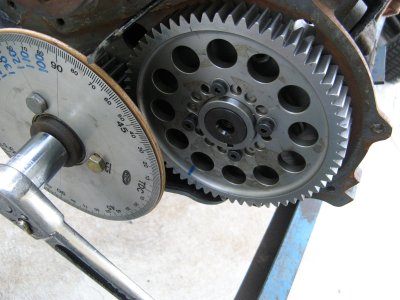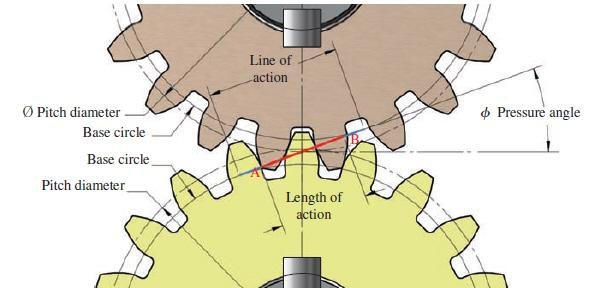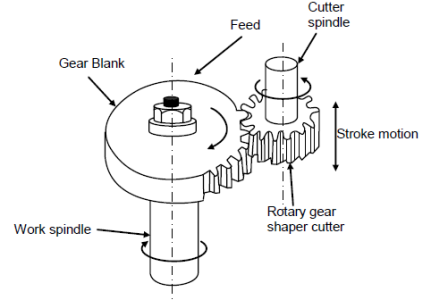Parker
Well-known member
These gears were custom made many years ago by a member who is no longer active on the forum. They are simply timing gears, with straight teeth. I am in search of a set, and will continue to be until I either find some or design a new set and hire a machine shop to make them myself.
If you have a set lying around, please let me know, and if you are interested in selling them.
If you have a set lying around, please let me know, and if you are interested in selling them.




